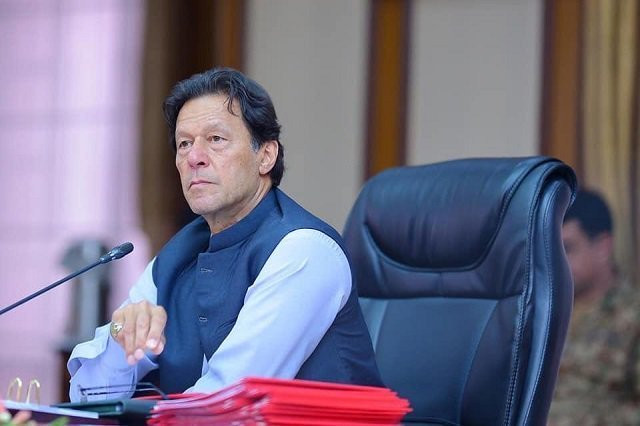
The federal government only gets 42.5% of the divisible pool but incurs 67% of the national expenditures. Unless this anomaly is removed, the government will keep on running into serious fiscal problems, weakening the federation’s capability to function effectively.
The federal-provincial resource distribution is decided under the National Finance Commission (NFC) Award. Under the 18th Amendment, Article 160 of the Constitution was amended to ensure that the share of the provinces in each NFC Award shall not be less than their share in the previous award. Any changes in this would require amending the Constitution, which in turn would require a hard-to-get consensus amongst the political parties. Nonetheless, sooner or later we’ll have to re-open the discussion around vertical distribution of resources.
But more importantly, there is a need to rationalise the disproportionate expenditure of the federal government. What goes into two-thirds of the country’s expenditure?
Within the pie of the current federal expenditure, presently about 50% goes to debt servicing, 8-9% goes to pension and superannuation allowances and another 13-14% goes to pay civil and military salaries. All these reflect government’s essential obligations, which are quite inflexible at least in the short term without any room for reduction.
These rigid expenditures eat up about 110% of the net federal revenue receipts. By the time the federal government is done with discharging these obligations, it has already run out of its revenues by a wide margin. For all the other expenditures, whether it’s for building highways and power plants, running state-owned enterprises, purchasing defence equipment, or even repaying the loans, the federal government has to get new loans.
Under the huge salary and pension liabilities lies a complex system of state patronage where government employment is used more as a tool for buying loyalties and less for service delivery; contractual employees are made permanent with a stroke of a pen to buy votes with no regard to the pension liabilities they create; and political compulsions and anxiety about the next election cycle takes precedence over concerns for the future generations.
It’s hardly a surprise that in the last 10 years, the federal government’s pension expenditure has grown five-folds (from Rs85 billion in 2009-10 to Rs421 billion in 2019-20). In contrast, the federal government on an average spent a rupee on development for every four rupees spent on the current expenditure in 2009-10. By 2018-19, this unfortunately got squeezed to a rupee of development expenditure for every Rs11 of current expenditure.
We cannot keep on borrowing against the future forever, especially when all of this money is going down a bottomless pit. The issue of the ballooning government size is even more important than the much talked-about circular debt and state-owned enterprises. The latter could still be settled within a short span of time, given the political will. But to address the former, we need decades.
We need to cut down the size of the government, through freezing recruitment for unproductive lower-rank positions constituting bulk of the government, tearing down useless ministries, abolishing unnecessary support staff positions, introducing a fully funded pension system and more. Unless we start talking about this elephant in the room, no amount of loans, foreign capital, CPEC or IMF is going to address our economic woes.
Published in The Express Tribune, February 18th, 2020.
Like Opinion & Editorial on Facebook, follow @ETOpEd on Twitter to receive all updates on all our daily pieces.













COMMENTS
Comments are moderated and generally will be posted if they are on-topic and not abusive.
For more information, please see our Comments FAQ